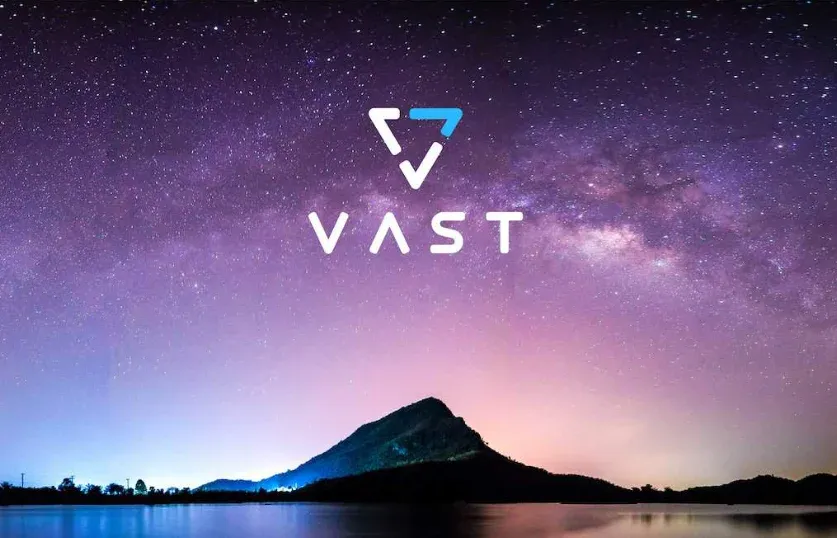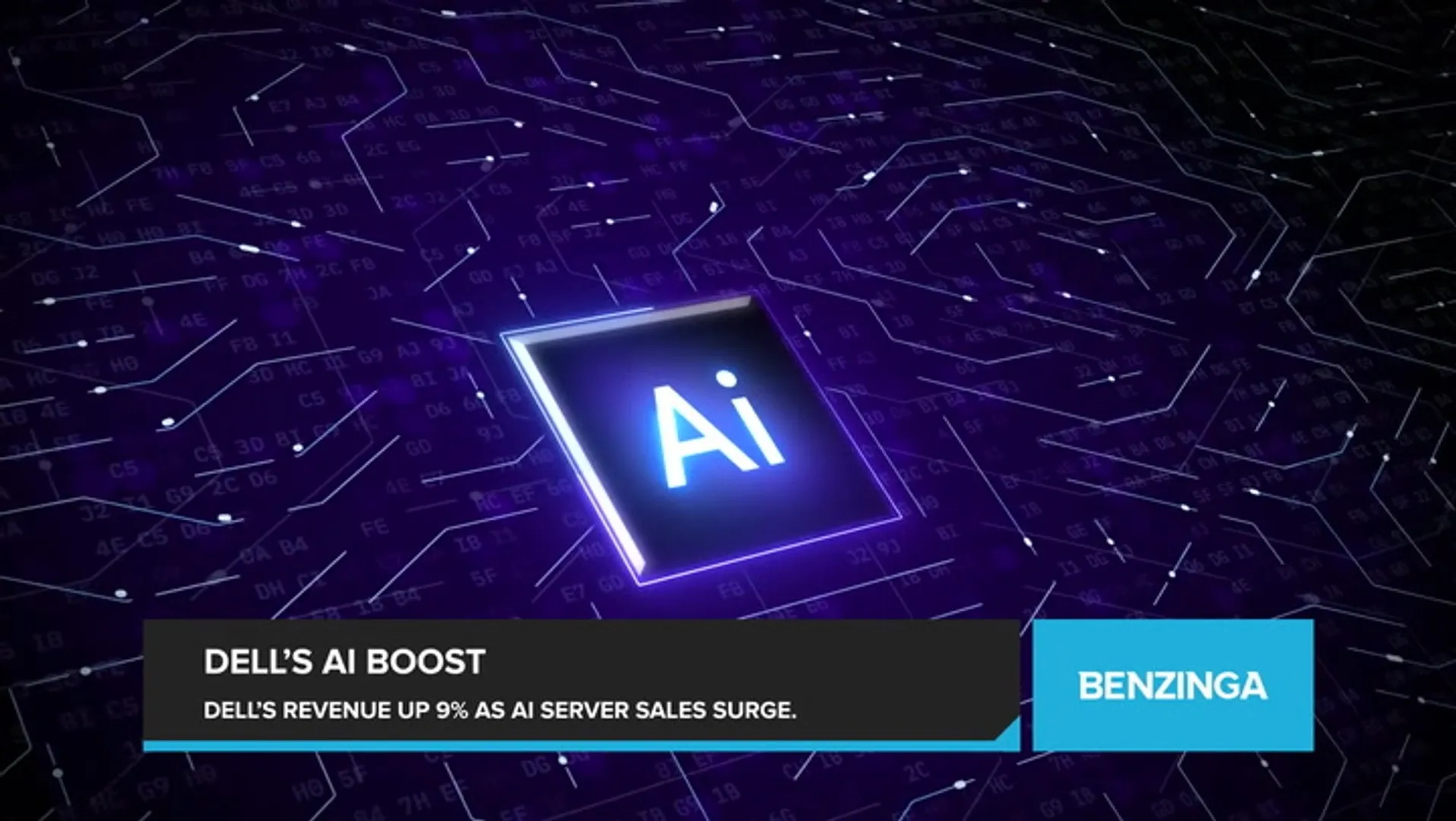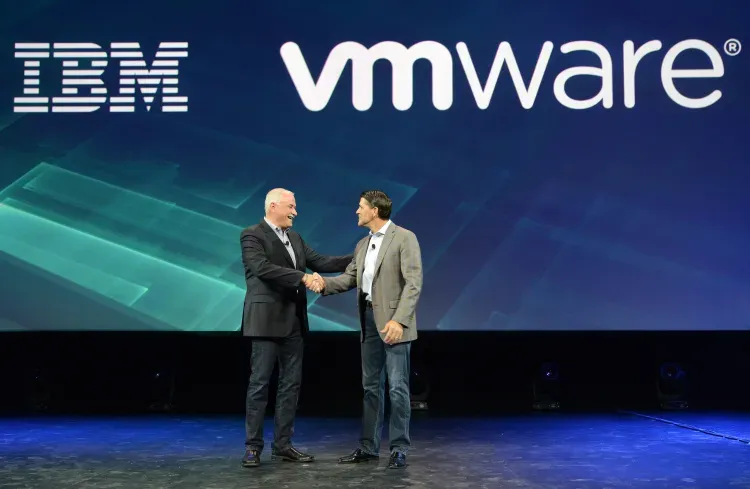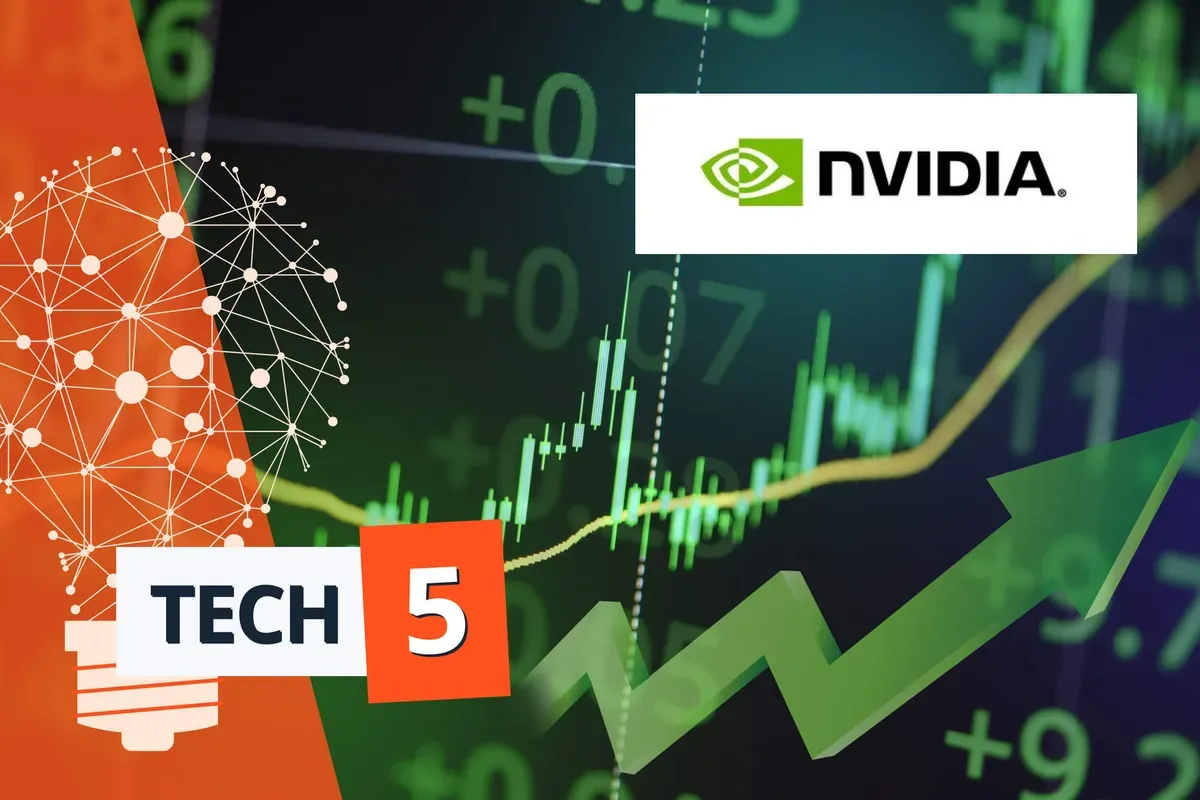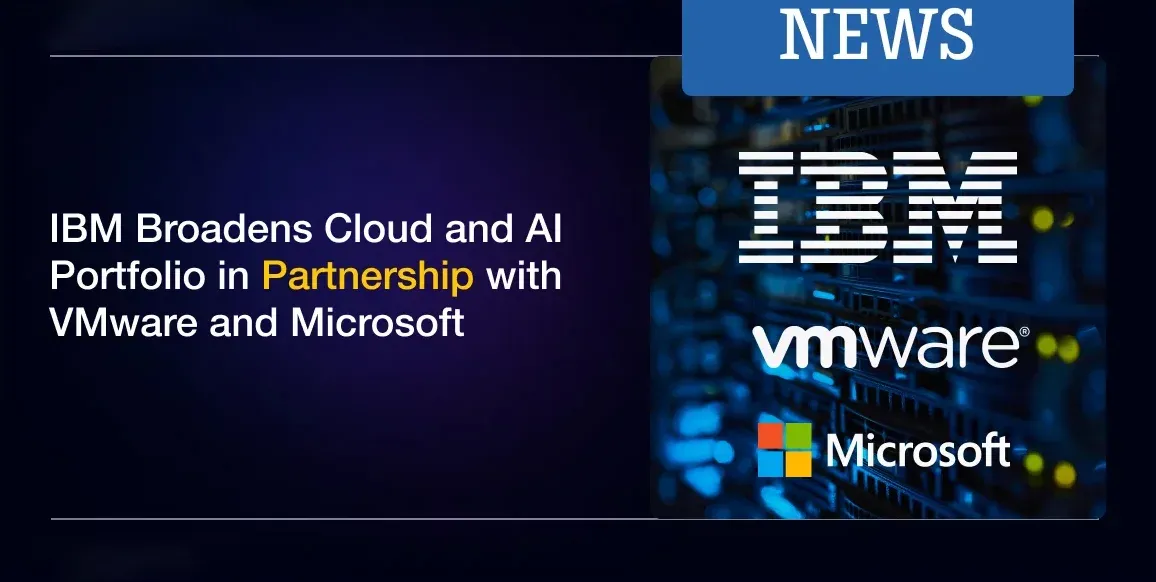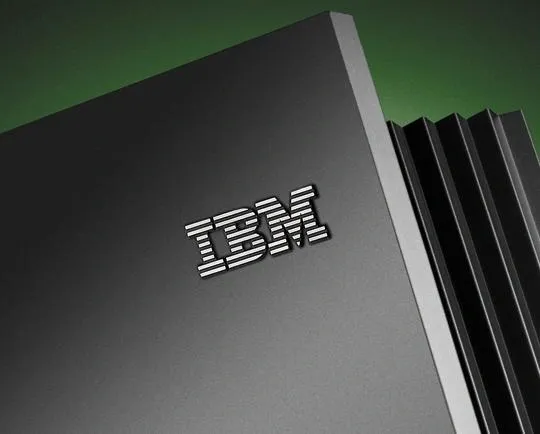VAST Data is enhancing its platform with block storage support and an integrated Kafka event broker, enabling real-time data streaming for AI, ML, and analytics workloads.
This expansion aims to eliminate data silos, improve decision-making speed, and offer a unified storage solution for structured and unstructured data.
Unified Data Platform for Modern Workloads
VAST Data’s scale-out, disaggregated shared everything (DASE) architecture already supports parallel access to file and object data. The system features key components like DataCatalog, DataBase, DataSpace, and DataEngine, and previously relied on external Kafka clusters for real-time data event notifications.
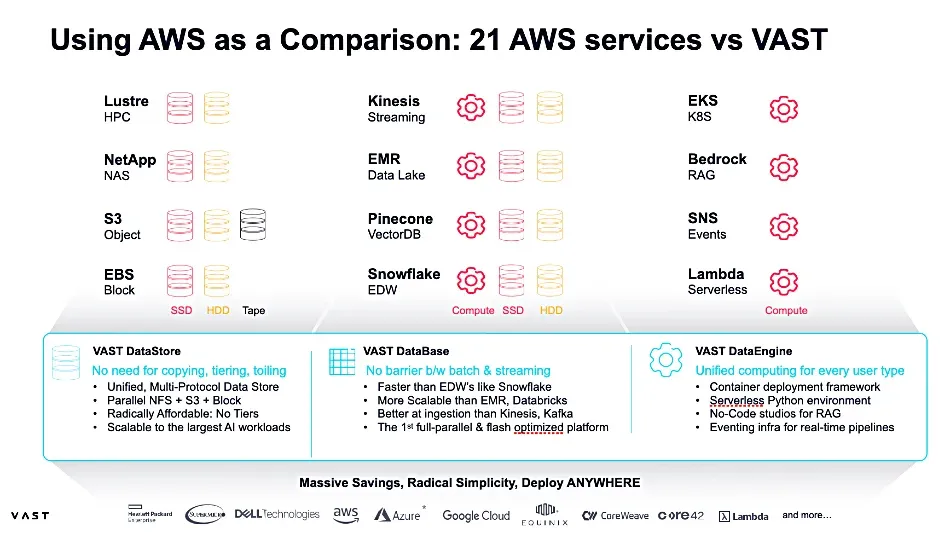
Now, with its own built-in Kafka event broker, VAST can receive, store, and distribute event data directly within its platform, streamlining analytics and automation.
The introduction of block-level storage enables VAST to support traditional structured data applications, including relational databases, SQL/NoSQL systems, ERP, and CRM platforms, along with virtualization (VMware, Hyper-V, KVM) and containerized workloads.
This development provides customers with an opportunity to consolidate block, file, object, tabular, and streaming storage onto a single system, reducing infrastructure complexity.
VAST is positioning itself as a viable alternative to traditional block storage vendors, such as Dell PowerMax, Hitachi Vantara VSP One, and IBM DS8000.
Additionally, with Boot from SAN support, enterprises can eliminate local disk dependency, enhancing disaster recovery, redundancy, and server deployment efficiency.
The event broking feature enhances real-time intelligence and automation by allowing AI agents to instantly process and act on incoming data.
Customers can now stream event logs, publish telemetry data, send real-time updates, and feed AI models for training and inference—all from a single storage system.
Competing Against Traditional Storage Giants
VAST Data claims that its Event Broker outperforms Kafka, offering a 10x+ performance advantage on comparable hardware with the ability to process over 500 million messages per second across large deployments.
By integrating event streaming with analytics and AI, VAST aims to eliminate inefficiencies in traditional data pipelines.
According to VAST Co-founder Jeff Denworth:
“By merging event streaming, analytics, and AI into a single platform, VAST is removing decades of data pipeline inefficiencies and event streaming complexity, empowering organizations to detect fraud in milliseconds, correlate intelligence signals globally, act on data-driven insights instantly, and deliver AI-enabled customer experiences.”
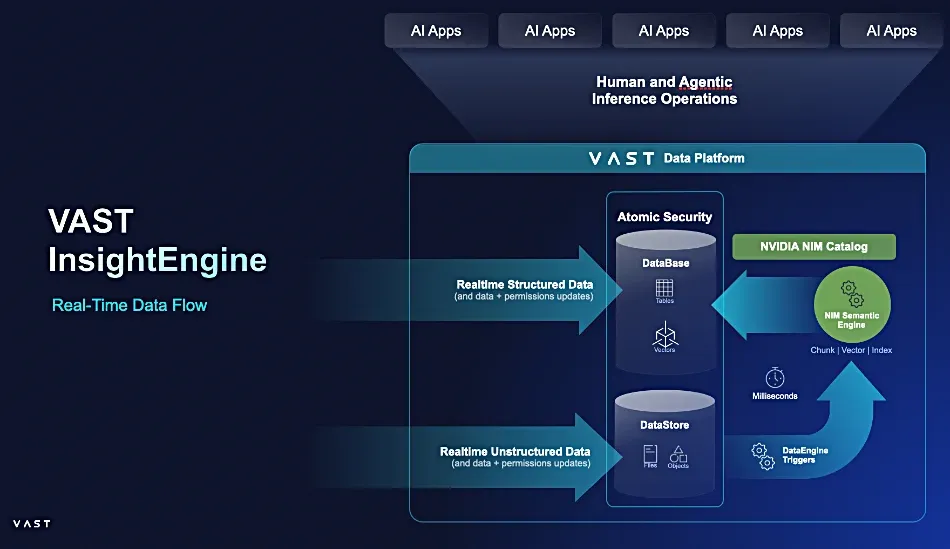
- VAST’s unified data access model competes with Red Hat Ceph, StorOne, Quantum Myriad, and HPE Alletra MP X10000, which offer file, object, and block storage.
- NetApp’s ONTAP arrays provide unified file and block access, but some customers still prefer dedicated block-only storage.
- VAST’s expansion into high-end SAN storage puts it in direct competition with Infinidat, aiming to capture a larger share of the enterprise storage market.
The company emphasizes that, in contrast to AWS cloud services, which require 21 separate services to achieve the same functionality, VAST offers an all-in-one solution for modern data workloads.
VAST’s latest innovations reinforce its commitment to unified data management, making it an attractive option for businesses looking to consolidate their storage infrastructure while enhancing AI and real-time analytics capabilities.

